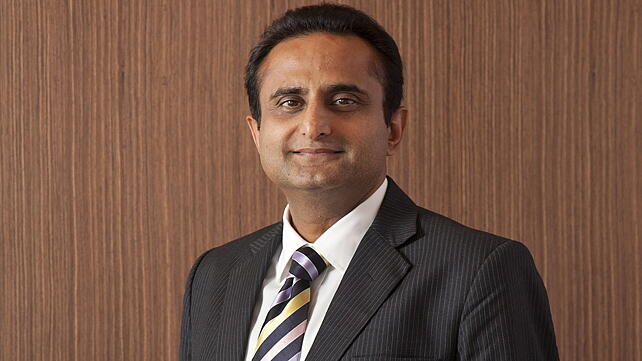
The semiconductor supply situation for the automotive sector will be in much better shape towards the end of this year, Vivek Tyagi, Chairperson, IESA (India Electronics and Semiconductor Association), told Mobility Outlook.
“Today, more than 50% to 60% of chips are probably on 20 to 25 weeks lead time, with only the remaining 40% on a little bit longer (lead time). But by the end of this year, I think 80% of chips will be easily available with perhaps 12 to 18 weeks lead time and only a few on a longer one,” he said.
There have been reports doing the rounds that many OEMs were cutting back on operations because of a shortage of semiconductors. There have also been instances where carmakers have delivered vehicles without infotainment systems, spare keys, and other non-critical electronics because of this problem.
Opportunity In Disguise
Setting aside the hardships the industry has faced because of the crisis, Tyagi is of the view that it has actually presented India with an opportunity to have its own semiconductor fabs. The country is already the third-largest car market in the world and as urbanisation spreads its wings further, there will be greater adoption of passenger vehicles. India is, incidentally, the leading two-wheeler producer globally even though numbers have fallen in recent times.
“The semiconductor content in EVs, whether they are two- or four-wheelers, is significantly higher than their ICE counterparts. This will only increase with time,” Tyagi explained.
According to numbers sourced from IESA, a midsize ICE PV constitutes chips worth $200, whereas its EV counterpart has over $800. Similarly, a commuter motorcycle uses semiconductors worth $20 while its EV counterpart has something in the range of $80 to $100.
“All those electronic features, cameras, LCD screens, music and entertainment and all navigation devices etc are built on semiconductors. This is one of the reasons that is driving demand,” said Tyagi. According to a report by Allied Market Research, the global automotive semiconductor market was valued at $37.99 billion in 2020 and is projected to reach $113.94 billion by 2030, translating into a CAGR of 11.8%.
Indian Vehicles And Chips
Most semiconductors used in the automotive space are not based on the latest technologies. In fact, while the likes of TSMC in Taiwan have been investing towards developing competencies in the below 15 nanometers (Nm) range, a lion's share of specifications in automotive semiconductors are still based on above 22 Nm.
Additionally, these technologies are not hard to crack! “I think 22 Nm to 28 Nm and 40 Nm is the sweet spot for India. The country can have its own fab as it can be set up in not more than three years, requiring less investment than establishing the latest tech fab,” Tyagi said.
The icing on the cake is the fact that the automotive industry as well as other industrial sectors such as metering, medical, power, and camera also use semiconductors based on these technologies. Hence, a fab set up for the auto segment can cater to other users too.
India's automotive industry consumed semiconductors worth $425.2 million in calendar 2021, and estimated to account for over $1,238 million in 2026. Similarly, the industrial segment used chips worth over $996 million in CY 2021 and projected to increase this to over $2,742 million in 2026.
“Because of the similarities between wafers used in these two segments, these create a mammoth opportunity for India,” Tyagi said.
According to him, the Central and State goverments have already announced various schemes for setting up semiconductor fabs and big announcements will follow soon. Earlier, the PLI scheme for semiconductor fabs only included incentives for below 15 Nm technologies but now encompasses all technologies.
“The Centre is paying 50% of the cost of setting up a fab and if we factor in various subsidies and incentives by different state governments, this cost comes to only 25% for the organisation interested in putting this up,” Tyagi concluded.
Also Read
India Has An Opportunity To Tap $500 Bn Semiconductor Manufacturing Supply Chain - IESA